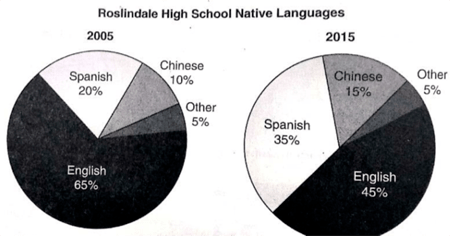IELTS Essay on native Languages IELTS Essay on Native Languages Task 1 Read and respond to the following tasks. You should spend about 20 minutes on each task. The charts above show the native languages spoken by students at Roslindale High School in two different years. Summarize the information by selecting and reporting the main features, and make comparisons when relevant. Write at least 150 words. Source of visual data: submitted by the IELTS candidate IELTS Candidate: A student in our Discord server The chart shows what native languages were spoken the most by students at Roslindala High school in ...
Home » IELTS Essay Writing Practice » IELTS Essay on Native Languages Based on Pie Charts

IELTS Essay on Native Languages Based on Pie Charts
Updated: by Dr. Mohammad Hossein Hariri Asl
Time to Read: 3 minutes | 401 Views | No Comments on IELTS Essay on Native Languages Based on Pie Charts
Share This Post
About the Author
Dr. Mohammad Hossein Hariri Asl is an English and Persian instructor, educator, researcher, inventor, published author, blogger, SEO expert, website developer, entrepreneur, and the creator of LELB Society. He's got a PhD in TEFL (Teaching English as a Foreign Language).
Number of Posts: 4223


